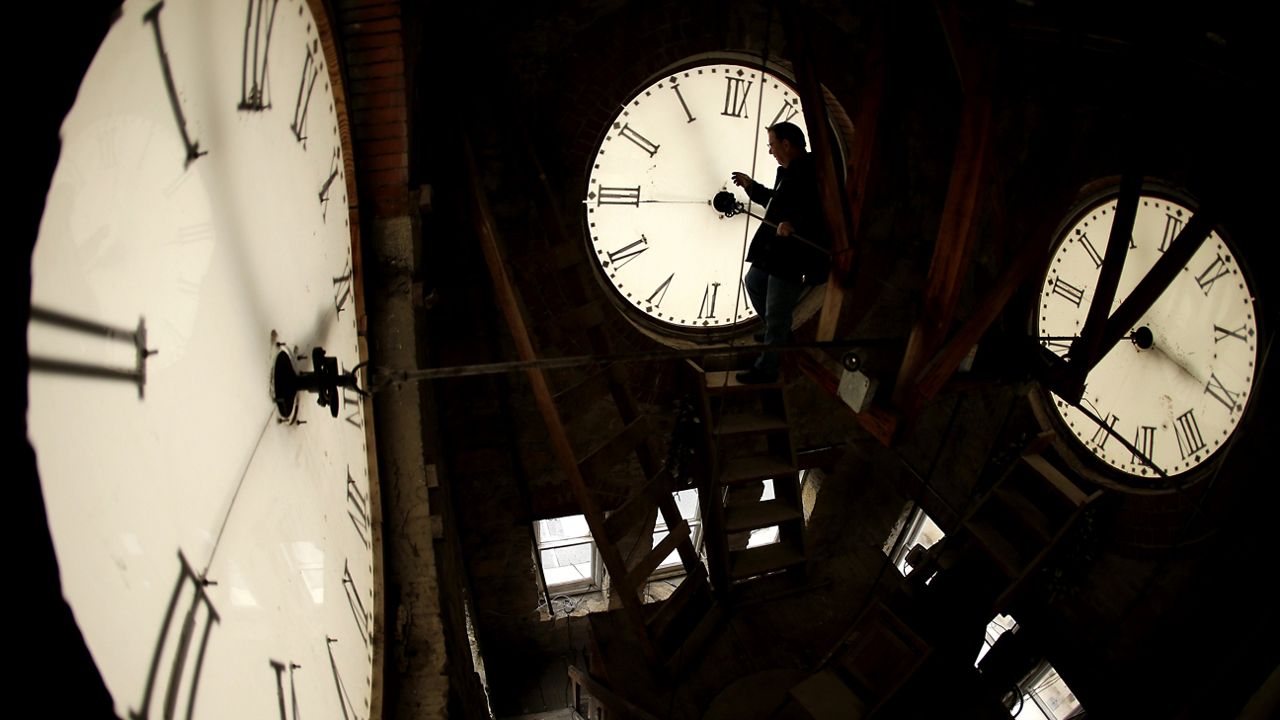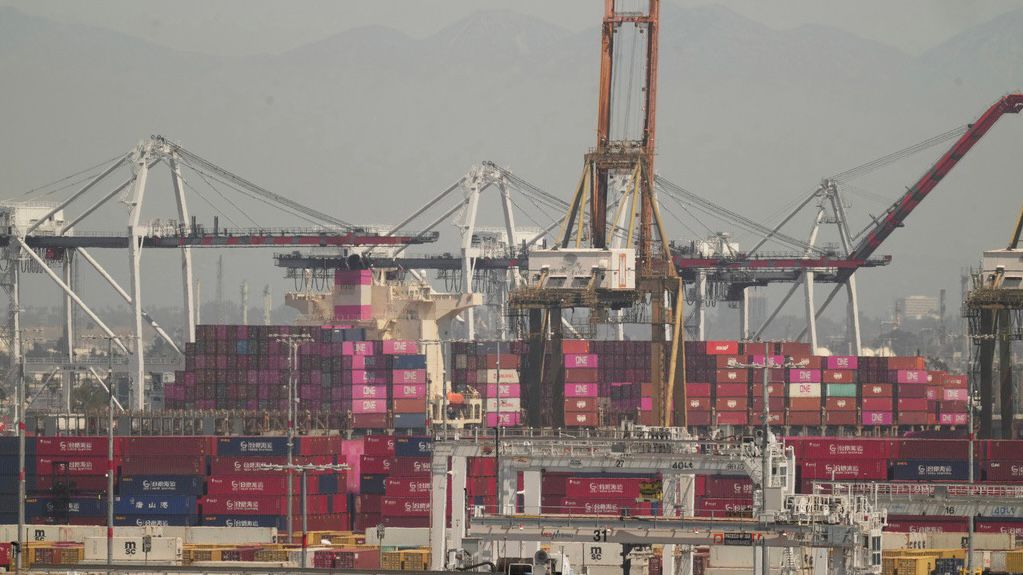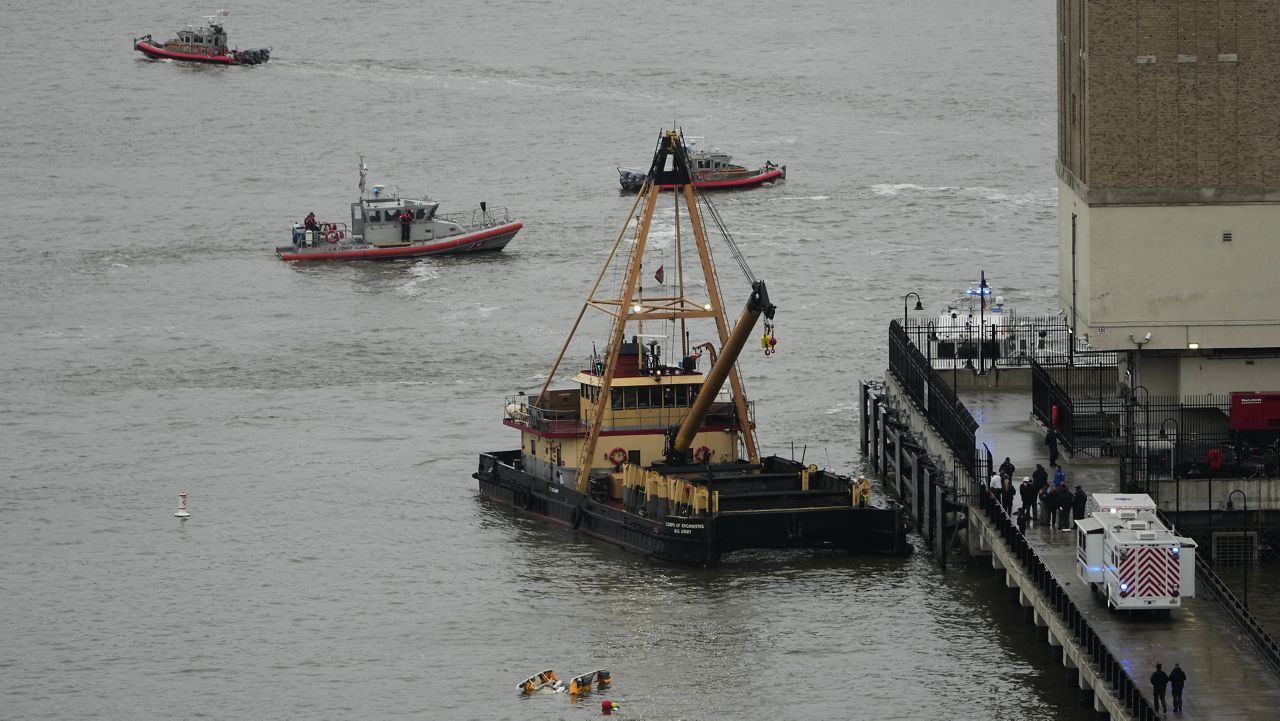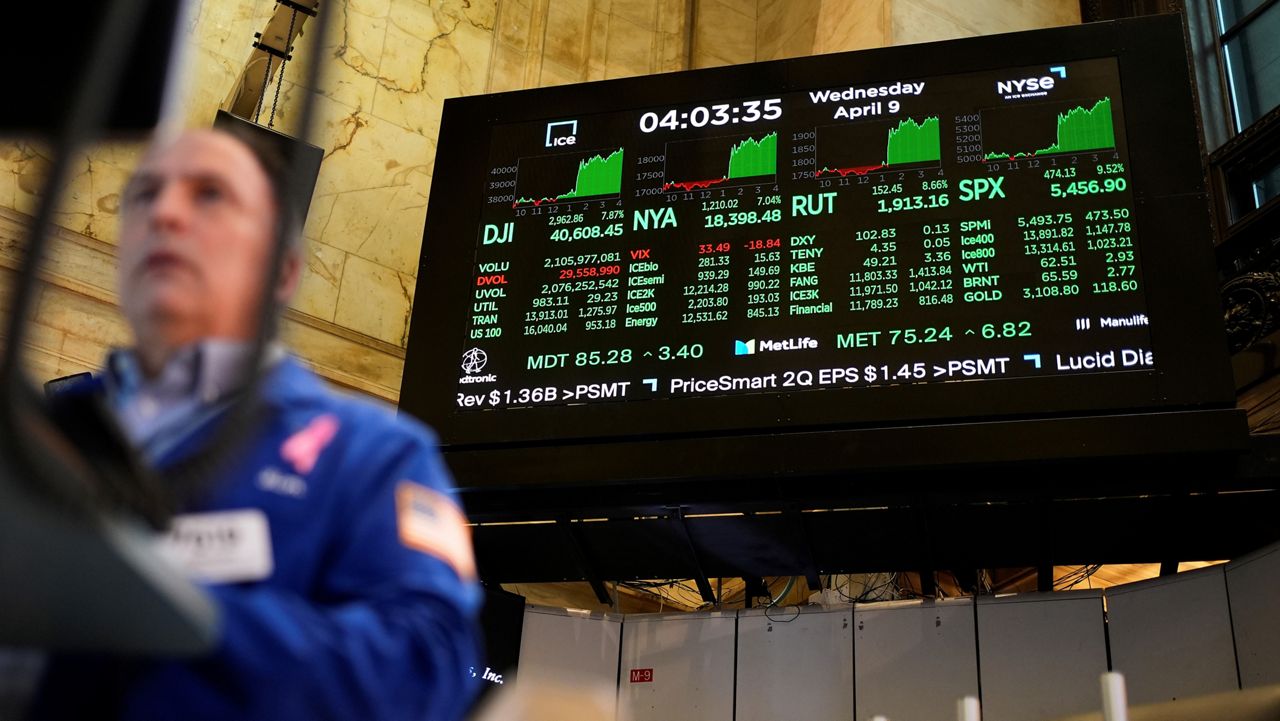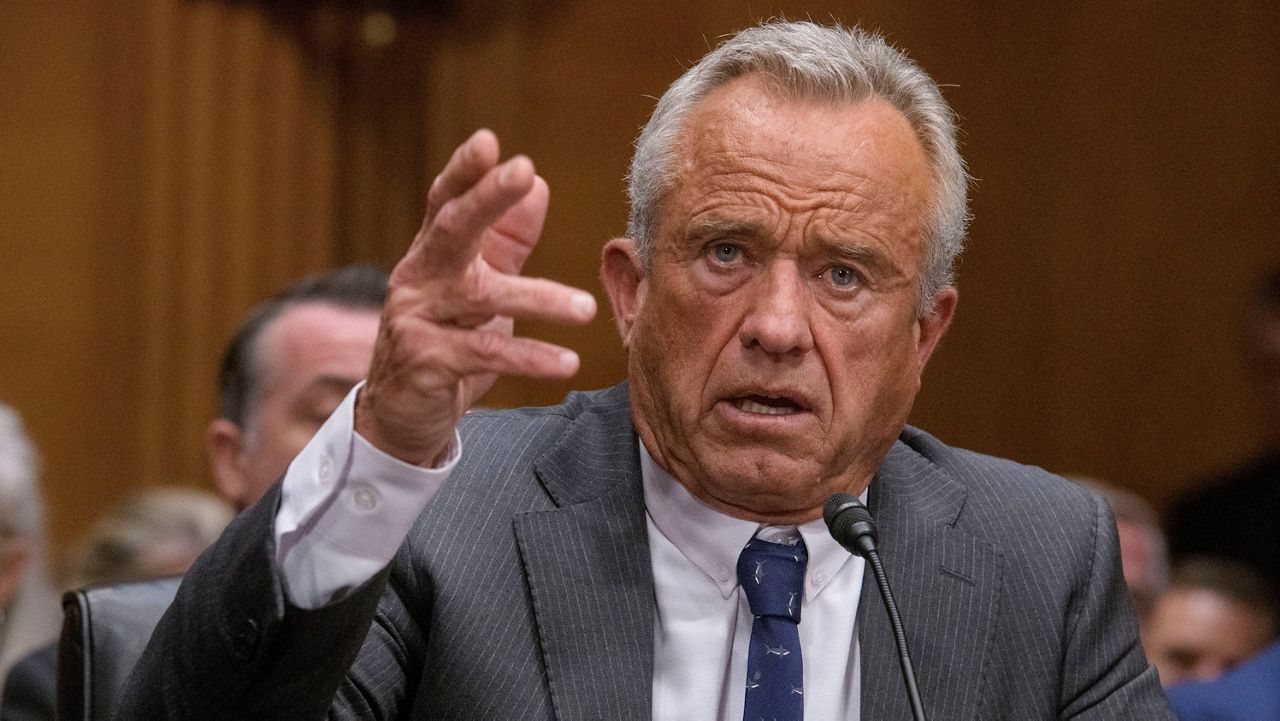LOS ANGELES — The median home prices in Los Angeles are already a whopping $1 million, making the housing market one of the most expensive in the country, according to a Zillow report.
Now, newly imposed tariffs on materials such as steel and aluminum are set to hike the price of homes even further.
Tracking these changes, is CEO of Huntington Estate Properties, Ramtin Ray Nosrati. Over the past decade designing and building homes in Southern California, he has become the go-to guy for luxury homes in Los Angeles.
Nosrati said it may not seem like it, but when you take into consideration the framing, windows, lighting and other areas, homes in Los Angeles are about 50% made of steel.
It is a concern to his business as roughly a quarter of steel used in the United States is imported from countries such as Canada and Mexico — both countries that President Donald Trump imposed 25% tariffs on in March. Even if the steel was coming from a different country, the Trump administration also has a 25% tariff on the material itself.
That is a good chunk of money, especially for larger luxury homes that use more material. For example, one of the homes Nosrati is currently working on in Bel Air is about 30,000 square feet, and costs about $8 million in steel alone before the tariff mark-up.
"So now, you add the tariffs on top of that and we're talking a totally different game," Nosrati said.
The biggest concern buyers have is the impact this could have on them.
"Are prices going to go ahead and go up? Is it going to be passed over to the consumer or to the buyer's side? Which there really won't be any other option, right? I mean, for us, for example, you're coming in and you're investing millions of dollars out of your own pocket. So this has to financially make sense," Nosrati said. "So the homeowners are going to have to pay for it if they want to go ahead and buy a property."
With higher costs, he said it can slow down development and shrink an inventory that is already low. According to a 2024 Zillow report, the U.S. is short 4.5 million homes.
"What's really going to hurt is going to be the affordable housing," Nosrati said. "You mean, this is kind of what we're looking to really push on this side to be able to have these units go up and more affordable housing go up. Now, with these tariffs coming in, how is that going to happen? Because now, you're just going to raise the cost of construction. So that's going to make a difference."
International developer Mary O'Brien, CEO of Happi Homes, noted that she is dealing with the changing landscape.
"What are we seeing from an international perspective? The U.S. is the most expensive market right now for us to purchase building materials from," O'Brien said.
Focusing on fire resistant homes that are made with steel instead of lumber, she said they tried to be proactive and prepared for potential tariffs before the election even took place.
"When we converted to an almost full U.S. procurement in the summer of last year, we increased our prices for houses about 5%. And we're still able to maintain an affordable home, which is really what we're trying to achieve," O'Brien said.
Because of the early move locking in prices with U.S.-based companies, O'Brien said they're not expecting tariffs to affect them, but that competing companies are finding it’s still cheaper to pay tariffs.
"Some of the manufacturers there, other companies in or in similar industry to us, are now considering paying the tariffs because they've seen a 50% increase in the price of steel in March, whereas they can still continue to import cheaper than U.S. domestic pricing," she said.
That’s why O'Brien doesn’t think supply will change much but said still the uncertainty is a hard pitch to buyers.
"From our perspective, obviously we can't grow a business where you have complete price uncertainty," O'Brien said. "It's very difficult to have conversations with customers to win their trust that you have transparency around price when people are worried about what's happening in the economy."
Nosrati noted that they also look at shipping costs from out of the country to see what makes most financial sense, but that the biggest impact will depend on demand.
"We're just going to have to see really how much demand there is going to be out there," he said. "They might start not being able to move as much as they thought they can move just because things are going to slow down and things are going to kind of, you know, mellow out."
Both are tracking tariffs as a key element in project completion.








